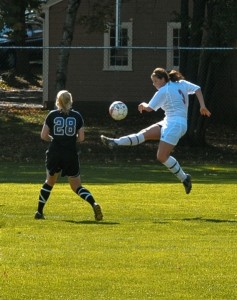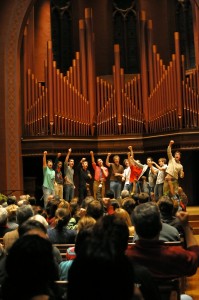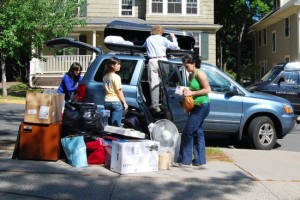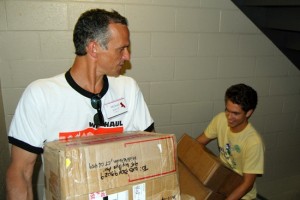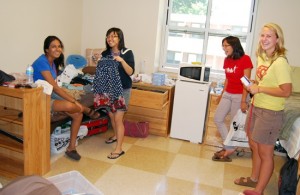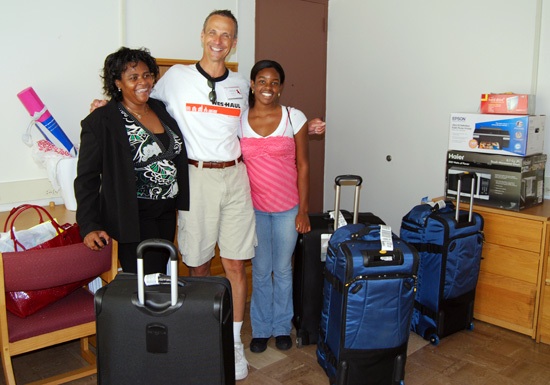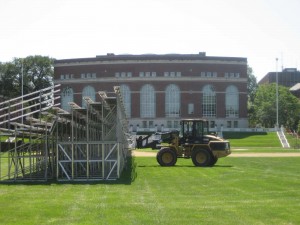I spent Monday and Tuesday of this week in Los Angeles, attending the annual Wes Film Family gathering — a truly impressive assemblage of alumni working in the media and entertainment world. Game designers, writers, cameramen, agents, actors, distributors, directors… they have all been coming together on President’s Day for decades now. This year there were more than 200 people for the event, held at the Creative Artists Agency. I saw some grads from 2008 who have migrated West, screenplays or DVDs in hand. I also met alumni from the past forty years who look forward to re-establishing Wesleyan connections and to hearing about what’s happening on campus. Jeanine Basinger was there to offer advice, celebrate personal and professional accomplishments, and to remind everyone that Wesleyan continues to offer an extraordinary liberal arts approach to making movies and understanding their cultural significance. There is great support for financial aid in this community, and in these difficult times we are especially counting on their generosity.
One of the highlights of my trip was a long conversation with Matt Weiner ’87, the creator of the extraordinary AMC show Mad Men. Matt was a College of Letters student at Wesleyan, and you can see that distinctive education resonate throughout the episodes. He wrote poetry while an undergraduate, and his show is filled with allusions to the books and cultural themes that have been key to COL over the years. Matt’s uncanny attention to historical detail has been much remarked on, but I found myself especially drawn to the way the past haunts his young Americans striving to find themselves in a world they almost believe they can remake. The pull between the ghosts of the past and the shaky promises of desire finds its way into every episode. Watching Mad Men I think I can see how its creator continues to draw on his liberal arts education in a most profound (and funny) way. I look forward to welcoming Matt back to campus sometime soon to talk about his journey after Wesleyan.
While in Los Angeles I also met with the parents of some of our current students, as well as the families of a few of our recently admitted early decision applicants. Spirits were high, though there were some complaints about the excessive length of our winter break!
Everyone asks me how it feels to have moved back East from California. I do love to visit CA – after all, I spent over 20 years there, and I get to visit with my older son (a writer) who is working in LA. But Middletown is home now, and, as I write these words on the return flight, I realize how excited I am about the lectures, athletic contests and art performances that will fill the next few days. Oh yeah, we also have to wrestle the budget into balance. Welcome home!
[tags] Los Angeles, Wes Film Family, Creative Artists Agency, Jeanine Basinger, financial aid, Matt Weiner ’87, Mad Men, College of Letters, Middletown, budget [/tags]



